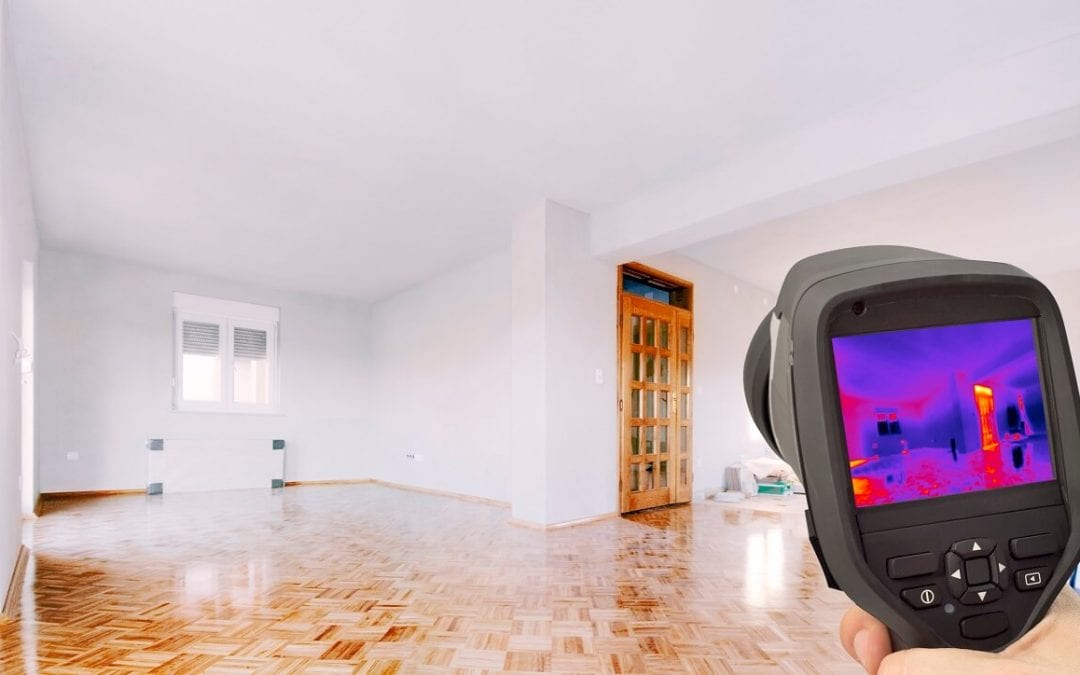What Is Thermal Imaging?
Modern technologies offer advantages in many different industries. If you’re looking for a new home, thermal imaging is a term you may have seen when shopping around for a home inspector. Infrared cameras record images that show the heat signatures of different areas in a property. A well-trained home inspector can use these images to help discover issues that might otherwise go unnoticed. Here are some of the uses of thermal imaging in home inspections.
How Thermal Imaging in Home Inspections Works
Your home inspector will use an infrared camera to examine the home. Images on the screen will display in a spectrum of colors, each indicating a different temperature range. For example, a section of the photograph that appears in blue has a lower temperature than the part that appears yellow. Through these heat signatures, a home inspector can see potential problem areas that need to be examined more thoroughly.
What Can Thermal Imaging in Home Inspections Detect?
Thermal imaging can lead an inspector to problem areas within a home. After seeing the temperature differences documented by the infrared camera, the inspector will note areas that require further examination.
Electrical Concerns
Thermal imaging may show electrical issues that you wouldn’t otherwise notice. The camera will reveal hotspots around outlets, within walls, and in the electrical panel. These hotspots are likely hazards that should be repaired by a professional electrician. By catching these problems early, you reduce the risk of a house fire.
Moisture Issues
If there is an active leak, a thermal imaging camera will detect areas where there’s moisture behind the walls and cabinets. If an inspector notices dark stains on the walls or ceiling, he or she may choose to use the infrared camera to further examine the area.
Energy Leaks
Thermal imaging can show areas of the home that are poorly insulated. Air leaks increase your power bill as your HVAC system tries to regulate the temperature inside. If there are gaps or cracks around windows and doors, temperature-controlled air will leak from your home, forcing the HVAC system to work harder.
Infrared images help detect areas where insulation is missing. Over time, the insulation in a home can settle, experience water damage, or be affected by pests in the attic. The thermal imaging camera will be able to “see” where heat is escaping the home.
Choose a Home Inspector Who Uses Thermal Imaging
If you’re in the market for a new home, order a home inspection to learn about the property’s condition. Hire a home inspector who uses an infrared camera for the most thorough home inspection. Your inspector will often include the infrared images in the final inspection report for you to review.
GeeGuy’s Inspection Services provides home inspections, including infrared imaging, to customers in the BC Central Interior. Contact us to book an appointment.

